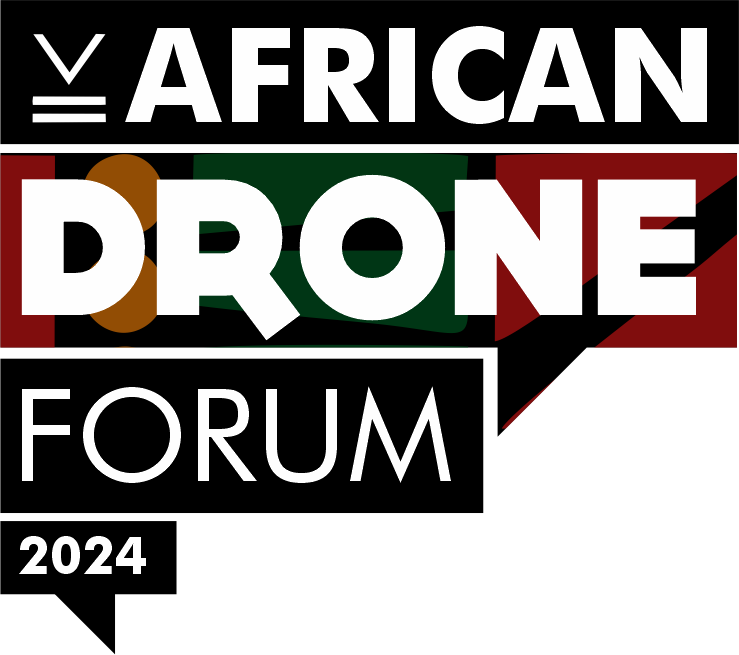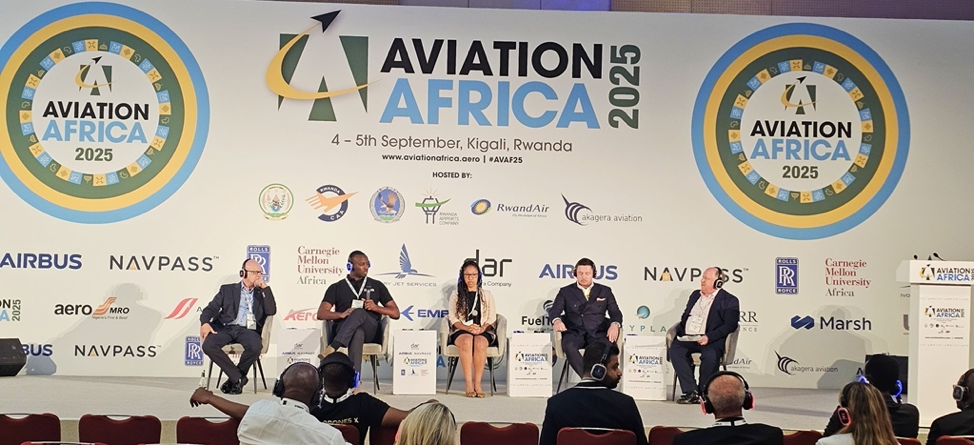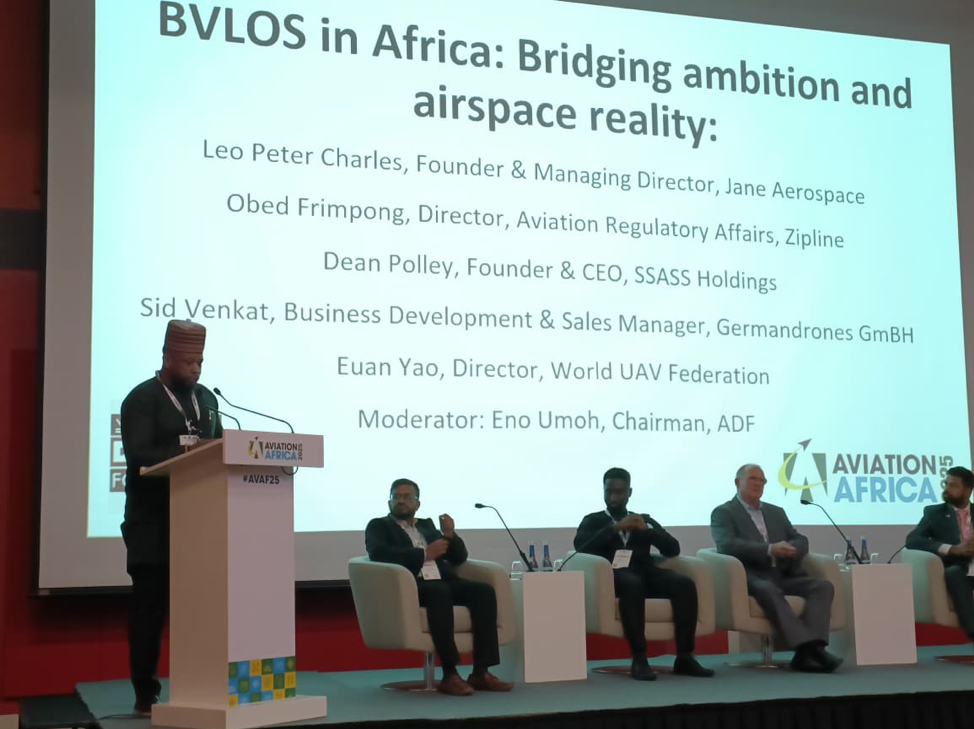Aviation Africa 2025: How ADF Put Drones on the Continent’s Aviation Map
This year, the Aviation Africa Summit and Exhibition delivered a defining moment. In partnership with the African Drone Forum (ADF), Aviation Africa 2025 showcased the continent’s readiness to embrace the future of aviation and advanced air mobility. For the first time, ADF curated a dedicated Drone & AAM track, placing unmanned systems at the heart of the conversation about Africa’s skies.
Held on September 4–5, 2025, in Kigali, the 9th Aviation Africa Summit convened nearly 2,500 delegates, including 30 Directors General of Civil Aviation and more than 120 exhibitors. ADF’s program focused on turning policy into practice, advancing discussions on BVLOS operations, UTM integration, regulatory frameworks, and the emerging low-altitude drone economy.
The outcomes were significant: regulators requested multiple follow-up briefings, a regional BVLOS/UTM harmonization white paper was launched, and Kigali witnessed a milestone moment: Africa’s first public, pilotless passenger eVTOL demonstration with EHang’s EH216-S.
Here’s the full details of the event.
Africa’s First Public, Pilotless Passenger EVTOL Demonstration
The highlight came on Day One, when Rwanda unveiled the continent’s first public flight of an autonomous eVTOL air taxi. The Chinese-made EHang EH216-S rose smoothly above the capital, with no pilot onboard. President Paul Kagame, flanked by ministers and dignitaries, called the achievement a nod to Rwanda’s leadership in low-altitude aviation. His words carried a broader message: Africa can design, manufacture, and deploy drone solutions that fit its unique needs, creating jobs and industries along the way.
For ADF, the flight was a proof point that African cities are ready to test advanced air mobility models that are electric, on-demand, and less infrastructure-heavy than traditional transport. Global headlines quickly drew comparisons to Rwanda’s pioneering use of Zipline medical delivery drones. Kigali had once again positioned itself as Africa’s launchpad for unmanned flight.
Inside the Drone Track
ADF’s curated sessions dug into the nuts and bolts of how Africa can scale this vision. The four themes read like a roadmap:
Session 1 - Africa’s Low-Altitude Drone Economy
Moderator: Jonty Slater (Co-Chair, ADF); Speakers: Zipline, Germandrones, TRL Space, Charis UAS, Ark Vertical
The opening session set the tone: drones are no longer gadgets, they are infrastructure. Speakers urged governments to embed national drone programs into wider transport and investment strategies, positioning them alongside roads, ports, and energy grids.
By treating drones as infrastructure, Africa can unlock development-finance participation and spur investment in local manufacturing, MRO/repair hubs, and operator training centers, all critical drivers of jobs and GDP growth.
“We need to stop treating drones like gadgets. They're infrastructure. Just like roads, just like ports.” — Session 1 remark
Session 2 - BVLOS: Bridging Ambition and Airspace Reality
Eno Umoh (Chairman, ADF); Panelists: Zipline, Germandrones, SSASS Holdings, World UAV Federation
BVLOS operations emerged as the holy grail for scale, but panelists emphasized that ambition must be matched with data. India’s 2021 BVLOS trials were highlighted as a model where regulator-operator consortia shared flight data under DGCA oversight, creating an evidence base for safe expansion.
The panel stressed the need for standardized safety-case templates to reduce duplication across African countries, corridor-based test zones with clear approval workflows, and balanced platform design that meets both compliance and commercial requirements.
“You can’t scale BVLOS without data. And data only flows when regulators are part of the design process.” — Eno Umoh, ADF
Session 3 - UTM: Managing the Skies
Speakers: Zipline, Farada Group, SSASS Holdings, OEMs
The UTM discussion zoomed in on practical tools that can make skies safer today. Poland’s DroneTower check-in app, developed by PANSA, was showcased as a “start simple” approach to building trust between operators and aviation authorities.
Speakers also explored federated ecosystem models that balance state oversight with faster adoption, alongside technologies like electronic conspicuity, ADS-B awareness, and mobile approvals. Cybersecurity, cloud-native UTM platforms, and automated risk analysis were flagged as the next wave of tools Africa can adopt to build resilient airspace management.
Session 4 — Building Regulatory Frameworks
Panelists: FAA, DSAC (France), MLG Group (Egypt), ADF
The closing session underscored a central message: Africa must write its own rulebook. While ICAO and JARUS guidelines provide valuable templates, the continent’s unique terrain and realities demand tailored frameworks.
Panelists advocated for regulatory agility through sandboxes and iterative policymaking, with regional harmonization across blocs like SADC, EAC, and AFCAC highlighted as both a priority and a challenge.
“Africa needs to build its own rulebook
From Talk to Action
By the summit’s close, ADF had already mapped the next steps. A full report on the Kigali track is due later this year, alongside a white paper on BVLOS/UTM harmonization slated for peer review in early 2026. Six aviation authorities, including Rwanda, Nigeria, and Kenya, requested follow-up workshops. Drone manufacturers signaled interest in live demonstrations at next year’s gathering, while ministries invited ADF into national policy groups.
This is familiar ground for the Forum. Beyond conferences, ADF runs youth education programs, regulator training, and co-creation workshops across the continent. In Kigali, it presented itself not only as a convener but as a neutral partner capable of translating policy into practice.
The Road Ahead
Africa’s drone sector is moving fast, but the real test lies in scale and sustainability. Kigali showed what’s possible: a continent bold enough to leap into passenger drones, deliberate enough to shape its own regulations, and collaborative enough to harmonize skies across borders.
ADF is calling on stakeholders to keep the momentum. Share your data, join working groups, and help design the corridors of the future. Because the question is no longer whether drones belong in Africa’s skies, it’s how quickly Africa can build a safe, connected airspace for the generations to come.





